Editor’s note: This article is an abridged version of a longer research report on a Tibetan people group in the Gyairong region in Sichuan. The original Chinese language research report is 38-pages long and is available through ChinaSource.
The Tibetan people of the Gyairong region historically referred to a much larger group of people than that found in today’s Gyairong (GR) region in Sichuan. It covered much more than today’s Qiang speaking Tibetans (QST) of that region. Rather, it carried a political connotation that covered 18 GR Kingdoms with as many as 150,000 people and extends to today’s Aba Prefecture, Ganzi Prefecture, and Ya’an Region. The Qiang language group is further divided into a northwestern region (GR Stropda), a northeastern region (GR Japhug), and an eastern region. Whereas the northwestern and northeastern GR languages are not mutually communicative, the eastern dialect is the most common GR language spoken today across rural areas outside of the major cities, regardless of age groups. Today, the younger and middle-age groups in the larger cities use the Mandarin and Sichuan dialects; the GR language is only spoken among the older generation.
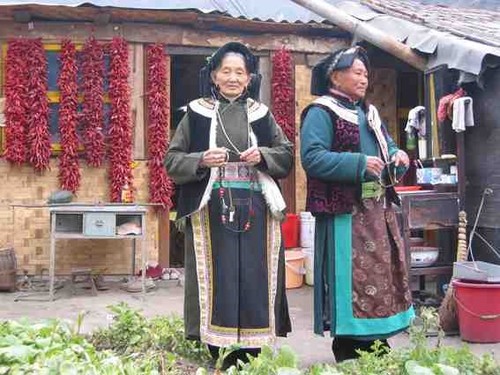
The GR people are mountain dwellers. Most are farmers but some raise yaks. Their culture carries the essence of the minorities with stone houses, flying banners, stone fortresses, and beautifully ornamented women.
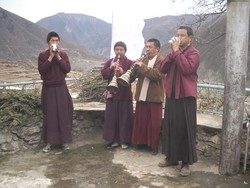
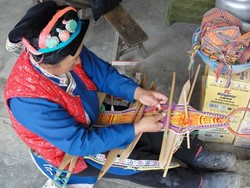
On the surface, they look like they are Tibetan Buddhist, but in reality, they are more animistic with a religious system that is more like a pre-Buddhist faith (佛教前宗教苯教). Ten percent still adhere to that religious faith.
Our church’s involvement with this people group can be traced back to the earthquake in 2008. A young, GR wife was injured and her leg had to be amputated. She, along with her family, moved to Chengdu for medical treatment and later became believers. Eventually, they moved back to their homeland, Aba Prefecture, and our church followed them. Every three months for the past few years, we have visited and stayed three or four days each time, managing to sustain this ministry.
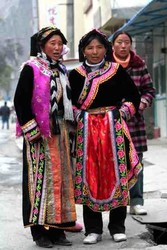
Distribution of Tibetans in the Gyairong Region:
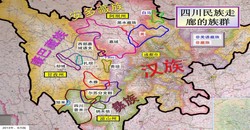
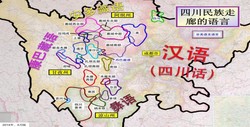
There has been over 100 years of history of missionary work among the GR people, starting with the Catholics during the Qing Dynasty. The first Protestant missionary to work there was J. H. Edgar, an Australian who arrived in 1902 on a donkey. He learned the local language, studied the grammar and edited a vocabulary list. He wrote gospel tracts and also translated the book of Jonah. Unfortunately, his translation is now lost. In 1908, Bishop W. W. and Joseph Taylor jointly issued a call for 300 missionaries to be sent to the GR people.
In addition to foreigners, Chinese nationals have also served in these areas. The picture of the first Chinese missionary, Mr. Mao (his full name is untraceable), is shown below. He was able to establish his first church after two years of ministry.
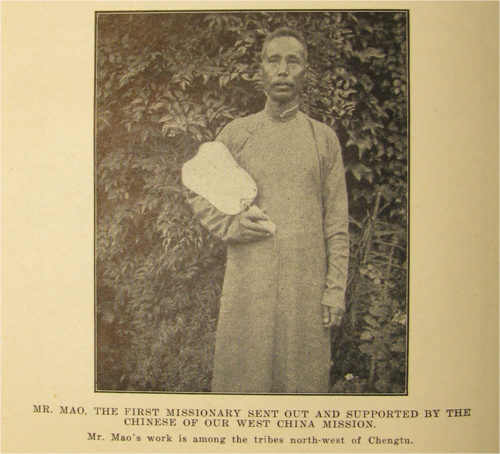
Today, the only church building left standing in the GR area is a Catholic church established by a French missionary in 1919. Today, it has been turned into a museum in Aba Prefecture.
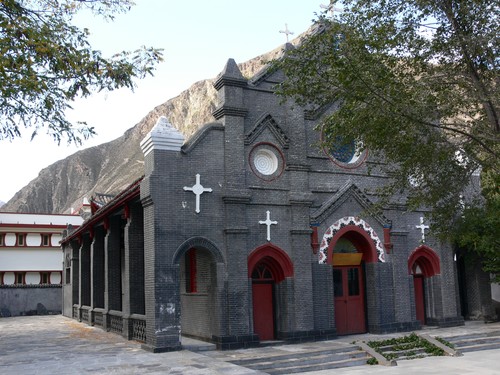
Records indicate that there were 34 believers in 1934. However, these believers came under severe persecution by the Red Army during the Long March when it passed through the GR region. The persecution was so severe that the believers buried their Bibles with the hope that they could unearth them after the persecution. Nevertheless, the door to the gospel remained closed for 50 years until 1987 when Dutch workers landed in their midst again.
Today, among the 250,000 GR people, there is not a single church, and believers number less than 30, about 1 in 10,000. The irony is that this land is no more than four hours drive from Chengdu. This truly is a hidden, unreached people.
Many lessons can be learned from the history and limited experience of today’s attempt to serve among these people. There is still a huge gap between the oral history of the Tibetan people and the government’s official version. The Tibetans carry a high level of animosity towards the Han people who are viewed as the aggressors. However, not every Tibetan shares that same hatred. Among students, many do not feel the impact of their history as heavily as others. I wish that more missionaries could better understand this history and the underlying factors so that the gospel could be brought to the Tibetans. I personally believe that love takes away fear and Christ’s love can take away ever greater hatred.
There is much room for partnership, not only between foreigners and nationals but also among nationals. More freedom should be given to national workers to allow them to partner with each other and not be hampered by differing approaches and tensions that exist in their sending bases.
As we interviewed national workers who left the Tibetan ministry prematurely (estimated at 75 – 85%), we found that most of them had no cross-cultural training or Tibetan culture and language training before they arrived. Many came as a response to the Sichuan earthquake and only realized their shortcomings after they had arrived. However, most of them expressed the desire to return to serve in the same location after they received proper training.
The most common reason for workers to leave is the lack of financial support. Some national workers have a budget that is about one-tenth of a typical, foreign worker’s—definitely not enough for their family to survive in a cross-cultural setting. Loneliness and lack of member care are also significant factors cited by workers.
The issue of language learning is very important. Many national workers think that they do not need to learn the local language since the GR people are bilingual knowing Chinese (Mandarin or Sichuan dialect) and Tibetan. Nevertheless, when it comes to important issues, Tibetans will use their heart language. We cannot overemphasize the importance of language learning.
The original report further describes the outlook for future ministry among the GR people. Factors discussed include:
- Training of missionaries
- Sending structure that is needed
- Member care
- Mission mobilization in churches
- Financial policies
- Mission strategies
- Joint sending
- Business as mission
- Tentmaking
If you would like a copy of the full report in Chinese, please contact ChinaSource at info@chinasource.org.
Corrections: The original version of this English summary mistakenly identified J. H. Edgar as being Canadian rather than Australian and that he translated the book of Job rather than the book of Jonah. The article has been corrected; we regret the errors.
Header image credit: 嘉绒藏族姑娘 by leniners via Flickr.
All other images are used courtesy of the author.
Johnny
Johnny (pseudonym) has been involved in ministry in the Gyairong Region for several years and now heads up a sending structure that focuses on this people group.View Full Bio